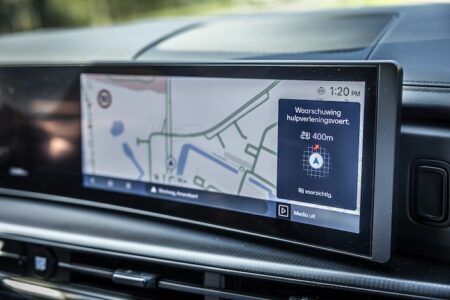WSP USA and the Texas A&M Transportation Institute (TTI) have signed a memorandum of understanding (MoU) to jointly collaborate on creating a stronger connection between research and deployment of transportation systems management and operations (TSM&Os) and connected and automated vehicle (CAV) systems.
Formerly WSP | Parsons Brinckerhoff, WSP USA is the North American operating company of one of the world’s leading engineering and professional services consultancies. Its new agreement with TTI includes sharing expertise on research in the fields of TSM&O and CAVs. It also encourages educational and mentoring opportunities in which WSP would be involved in Texas A&M engineering class seminars and lectures, as well as sponsoring engineering capstone design projects. The agreement also entails opportunities for TTI and Texas A&M engineering students to gain real-world experience on the day-to-day challenges facing leading transportation operations centers.
WSP is a leader in the design, deployment and operation of transportation systems in the USA, including intelligent transportation systems (ITS) and connected vehicle technology. The company has been at the forefront of the development and testing of transportation infrastructure for driverless and connected vehicles, and is currently advising transportation agencies on the development of infrastructure to accommodate connected, automated and driverless vehicles.
TTI is a leader in transportation operations and technology research and operates one of the premier transportation proving grounds for testing research solutions, with the facility acting as a cornerstone of the nationally designated Texas Automated Vehicle Proving Ground Partnership. The collaboration between WSP and TTI will expedite deploying proven research to transportation operating agencies, and enhance the education and training of future transportation professionals.
“TTI and WSP have a long history of collaborating, beginning with the early development of high-occupancy vehicle (HOV) lanes,” said Greg Winfree, TTI agency director. “The staffs of both of our organizations have collaborated on projects all over the country to deploy best practices in planning and design of HOV facilities. We see similar opportunities with next generation transportation technologies, such as connected and automated vehicles. By working together, we gain efficiencies in moving the most promising technologies from development into implementation.”
John Porcari, WSP’s president of US advisory services, noted, “We have adapted the capability maturity model to TSMO concepts, and together with TTI are positioned to incorporate connected and automated vehicle components into the existing TSMO efforts for our clients. Collaboration will help agencies reflect the current state-of-the-practice in their efforts.”




